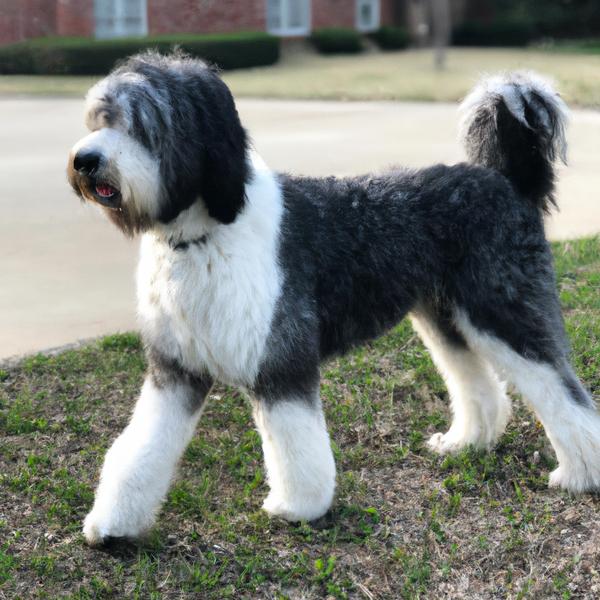Sheepadoodle vs. Labloodhound: Breed Differences and Similarities
Hypoallergenic
Are Sheepadoodles or Labloodhounds hypoallergenic, or neither?
Unfortunately, neither Sheepadoodle nor Labloodhound are hypoallergenic, which may not make them the best choice for dog lovers who suffer from pet allergies.
Temperament
What are the personalities of Sheepadoodle and Labloodhound dogs?
Active
Playful
Funny
Loving
Protective
Alert
Intelligent
Sociable
Trainable
Adaptable
Faithful
Bubbly
Instinctual
Playful
Loving
Stubborn
Independent
Energetic
Alert
Intelligent
Friendly
Responsive
Affectionate
Loyal
Gentle
Going
Social
Outright
Tempered
Cheerful
Shedding Level
Do Sheepadoodles shed more than Labloodhounds, or which breed sheds more, Sheepadoodles or Labloodhounds?
Sheepadoodle or Labloodhound dogs are not heavy shedders, but they will lose a significant amount of hair each year. To decrease the amount of shedding, you can regularly brush your Sheepadoodle or Labloodhound. This will remove loose hair and keep their coat growing in the same direction.
Watchdog Ability
Which dog breed makes a better watchdog, the Sheepadoodle or Labloodhound?
Sheepadoodles are decent watchdogs - they'll alert their owner if something seems amiss.
Labloodhounds make excellent watchdogs - they're vocal and protective of their territory.
Origin
What is the origin of Sheepadoodle and Labloodhound dog breeds?
United States
United States
Ancestry
What are the origins of Sheepadoodle and Labloodhound breeds?
Old English Sheepdog and Standard Poodle
Bloodhound and Labrador Retriever
Breed recognition
Which kennel clubs recognize/register Sheepadoodle and Labloodhound?
ACHC = American Canine Hybrid Club
DRA = Dog Registry of America, Inc.
IDCR = International Designer Canine Registry®
ACHC = American Canine Hybrid Club
DDKC = Designer Dogs Kennel Club
DRA = Dog Registry of America, Inc.
IDCR = International Designer Canine Registry®
Date of Birth
When were Sheepadoodle and Labloodhound breeds first developed?
Unknown
Eye Color Possibilites
What are the eye colors of Sheepadoodle and Labloodhound dogs?
Blue
Brown
Hazel
Brown
Nose Color Possibilites
What are the natural nose colors of Sheepadoodle and Labloodhound?
Black
Brown
Black
Coat Color Possibilites
What are the natural colors of the coat for Sheepadoodle and Labloodhound breeds?
Cream
Black
Blue
Brown
Cream
Gray
Red
White
Black
Brown
White
Coat Length
What is the typical coat length for Sheepadoodle and Labloodhound breeds?
Sheepadoodles are known for their coat length.
Labloodhounds have short coats.
Coat Density
What is the density of the coat of Sheepadoodle and Labloodhound?
Coat Texture
What is the hair texture of Sheepadoodle and Labloodhound?
Curly
Straight
Litter Size
What is the usual litter size for Sheepadoodle and Labloodhound?
A Sheepadoodle can have a litter of 5-8 puppies on average. However, it's worth noting that the size of the litters can vary greatly. Factors that can influence litter size include the health of the mother, breeding history, and genetics.
A Labloodhound can have a litter of 5-10 puppies on average. However, it's worth noting that the size of the litters can vary greatly. Factors that can influence litter size include the health of the mother, breeding history, and genetics.
Adaptability
Sheepadoodles are highly adaptable and versatile, making them excellent companions for families and individuals of all lifestyles.
Labloodhounds are known for their adaptability and can adjust well to different environments and lifestyle changes.
Health Issues
Between Sheepadoodle and Labloodhound, which breed is more prone to health problems?
While the Sheepadoodle breed is generally healthy, occasional vet check-ups are still necessary to address any health concerns.
Labloodhounds typically have low vet costs due to their good health, but it's important to monitor their health and seek vet care when necessary.
Major Concerns
What are the major health concerns for Sheepadoodle and Labloodhound breeds?
Canine Hip Dysplasia (Chd)
Sebaceous Adenitis
Diabetes
Addison's Disease
Gastric Dilation Volvulus (GDV) or Bloat
Gastric Torsion
Progressive Retinal Atrophy (PRA)
Minor Concerns
What minor health issues should be kept in mind when owning Sheepadoodle and Labloodhound?
Entropion
Ectropion
Cataracts
Glaucoma
Von Willebrand's Disease
Tricuspid Valve Dysplasia
Mitral Valve Dysplasia
Cerebellar Abiotrophy (Ataxia)
Demodactic Mange
Entropion
Ectropion
Elbow Dysplasia
Hip Dysplasia
Epilepsy
Occasional Tests
What occasional tests are recommended for Sheepadoodle and Labloodhound breeds?
Skin Evaluation
Eye Examinations
BAER Testing
Blood and Urine Tests
X-rays or other radiographic imaging
Electrocardiograph (ECG - measures rate and rhythm)
Myelography (Dye And X-Ray to Assess The Spinal Cord)
X-Rays
CT or MRI scan
Urinalysis
Complete Blood Count
Chemical Analysis
Ophthalmic Examination
Physical and Neurologic Examination
Energy
How do the energy levels of Sheepadoodles and Labloodhounds compare?
Sheepadoodles' high energy levels make them unsuitable for a low-key dog, choose accordingly.
Labloodhounds are suitable for those with a balanced lifestyle as they have an average energy level.
Social Needs
Sheepadoodle vs Labloodhound social needs comparison
Sheepadoodle and Labloodhound have very high social needs. These needs include regular mental and physical stimulation, a job or purpose, and companionship. They thrive in environments where they have a lot of interaction with humans and other dogs.
Exercise Needed
Sheepadoodle vs Labloodhound exercise need comparison.
Sheepadoodles need only a small amount of physical activity, ideal for busy or elderly people or those with limited space.
Labloodhounds need high physical activity and are ideal for active individuals, but not suitable for sedentary lifestyles or small apartments.
Sleeping Need
Which of the two sleeps the most/least: Sheepadoodle or Labloodhound?
Sheepadoodles sleep less than other breeds but still need adequate sleep for good health.
Labloodhounds are active and require sufficient sleep to stay healthy.
Tendency to Bark
Do Sheepadoodles or Labloodhounds bark more/less frequently?
Sheepadoodle dogs are generally less vocal than other breeds and only bark when necessary, such as to alert their owner or communicate.
The Labloodhound is a vocal breed that frequently barks and howls, and may not be suitable for those seeking a quiet companion.
Mouthiness
Mouthiness Comparison: Sheepadoodle vs Labloodhound?
Roaming urge
Sheepadoodle vs Labrador: Running away tendency?
Prey Drive
Sheepadoodle or Labloodhound - which breed has a higher level of prey drive?
Past times
What are some enjoyable activities and ways to keep Sheepadoodle and Labloodhound entertained?
Chase, Fetch, Hiking, Running, Walk, Run, Puzzle Toys, Car rides, Swimming
Walk, Run, Play, Swim, Tug-of-war, Fetch, Frisbee
Activity Level
Which breed has higher energy, Sheepadoodles or Labloodhounds?
Sheepadoodles are medium-energy dogs and typically enjoy socializing and playing casual or even sustained games of chase with other dogs. They may also have occasional periods of barking or racing around the house.
Labloodhounds are high-energy dogs. They need mental as well as physical exercise. These dogs require a lot of your involvement and without it they can, and will, become problematic dogs.
Tolerance of being left alone
Walks per Week
How many miles should Sheepadoodle or Labloodhound walk each week?
There's really no limit to how far you walk your dog as long as they're comfortable. For Sheepadoodle, it's at least 10 miles / week. Just remember to build distance and stamina gradually over time.
There's really no limit to how far you walk your dog as long as they're comfortable. For Labloodhound, it's at least 20 miles / week. Just remember to build distance and stamina gradually over time.
Activity per Day
Do Sheepadoodles or Labloodhounds require more exercise?
Both Sheepadoodle and Labloodhound typically require a minimum of 60 minutes of exercise each day. The exercise can be spread throughout the day and may involve high-energy activities like walking, running, and playing.
Grooming
Which breed is easier to maintain in terms of grooming, Sheepadoodles or Labloodhounds?
Sheepadoodles have high grooming needs, requiring regular trims and professional grooming assistance to keep their coat healthy.
The Labloodhound has low grooming needs and is easy to maintain.
Brushing Frequency
What is the recommended brushing frequency for Sheepadoodle and Labloodhound dogs?
Ideally, Sheepadoodle should be brushed at least 2 or 3 times a week (preferably daily) improve shedding.
Labloodhound should be brushed at least once a week. Of course you can give them more frequent brushes if you find that they are still shedding a lot
Brushing Tools
What brushing tools are used for Sheepadoodles and Labloodhounds?
Pin Brush
Comb
Deshedder
Scissors
Pin Brush
Comb
Nail Clipper
Cups
How much food should be given to Sheepadoodle or Labloodhound in cups?
Sheepadoodle and Labloodhound share the same recommended daily food intake of 3 cups, although the appropriate quantity may vary depending on the quality and nutritional content of their food.
Daily Cost
Which breed has a higher daily cost, Sheepadoodle or Labloodhound?
Sheepadoodle and Labloodhound have a similar average daily cost of around $2.10 - $2.70.
Monthly Cost
Which breed has a higher monthly cost, Sheepadoodle or Labloodhound?
When it comes to monthly expenses, both Sheepadoodle and Labloodhound have a similar average cost, ranging from $55 - $73. This results in an average yearly cost of around $660 - $876.
Intelligence
Comparing Intelligence: Sheepadoodles vs Labloodhounds
Sheepadoodle and Labloodhound have average obedience intelligence, but they're also independent thinkers. This breed is known for having an exceptionally high IQ, which means they may get into trouble if left to their own devices.
Sensitivity Level
How do Sheepadoodle and Labloodhound compare in sensitivity?
These dog breeds are particularly attuned to its environment and the emotions of those around it. Sheepadoodle and Labloodhound can be easily overwhelmed by loud noises, new environments, unfamiliar people, or animals. This dog breed is best suited for individuals or families who are patient, gentle, and understanding of its sensitive nature. It may also benefit from a calm and stable home environment, with a consistent routine and plenty of positive reinforcement training.
Affection Dependance
Which is the more affectionate dog breed: Sheepadoodle vs Labloodhound?
Apartment Friendly
Which breed is more apartment-friendly: Sheepadoodle or Labloodhound?
The Sheepadoodle is a great apartment dog, thriving with sufficient exercise and time outside as part of their daily routine.
Labloodhounds can do well in apartments with enough exercise and time outside, but a small yard would be ideal.
Child Friendly
Do Sheepadoodles or Labloodhounds have a friendlier temperament towards children?
The typical characteristics of Sheepadoodle and Labloodhound indicate that this breed of dog is an ideal companion for kids and makes them family pets. Their gentle and protective nature and calm mentality make them gel along quickly with the younger humans.
Senior-friendly
Which dog is more suitable as a pet for the elderly - Sheepadoodle or Labloodhound?
Cat Friendly
Do Sheepadoodle or Labloodhound breeds have a better compatibility with cats?
Sheepadoodles are good with cats, but early training is needed to prevent chasing behavior.
Labloodhounds are very friendly with cats and make great companions for them.
Dog Friendly
Which breed is more sociable with other dogs: Sheepadoodle or Labloodhound?
Sheepadoodles are friendly and active companions, and can be good family pets, though their friendliness towards other dogs may vary.
Labloodhounds are generally very friendly towards other dogs, with a happy and affectionate temperament.
Pet friendly
How do Sheepadoodle or Labloodhound dogs interact with other pets?
Stranger Friendly
Which breed is more friendly with strangers: Sheepadoodle or Labloodhound?
Sheepadoodles are averagely friendly around strangers but benefit from early socialisation.
Labloodhounds are highly friendly around strangers.
Playfulness
Which breed is more playful between Sheepadoodle and Labloodhound?
Sheepadoodles are a playful breed that needs daily playtime to be happy.
Labloodhounds are very playful, so adopting an older one might be a better option for a more relaxed experience.
Trainability
How do the trainability levels of Sheepadoodles and Labloodhounds compare?
Sheepadoodles are popular for their ease of training and quick learning ability.
The Labloodhound is highly intelligent and eager to please, making it a great choice for both novice and experienced dog owners due to its easy trainability.
Compare Sheepadoodle with other breeds
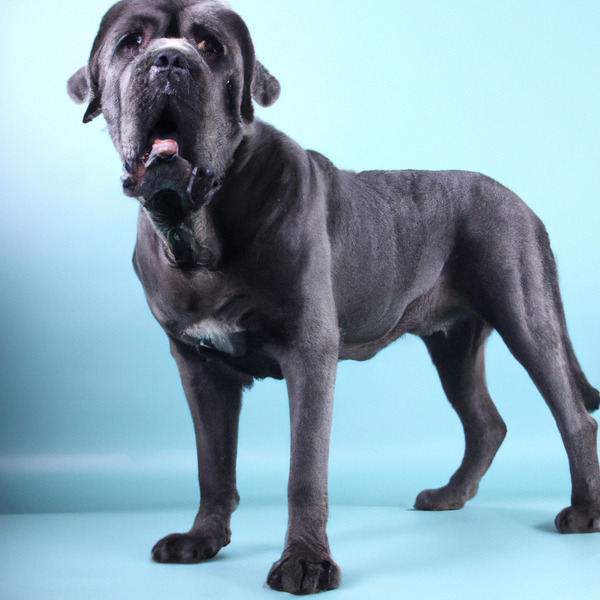
Neapolitan Mastiff
Sheepadoodle vs Neapolitan Mastiff
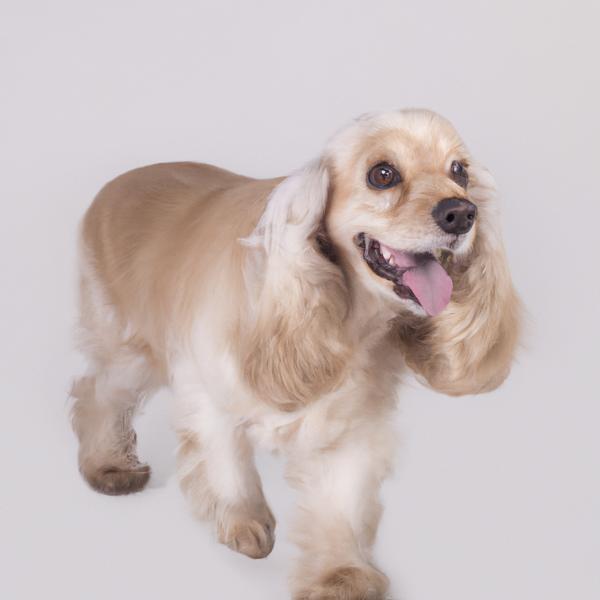
Lha-Cocker
Sheepadoodle vs Lha-Cocker
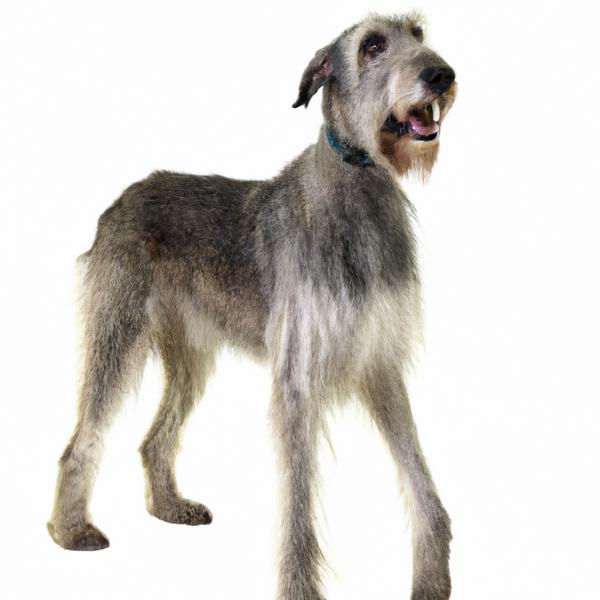
Scottish Deerhound
Sheepadoodle vs Scottish Deerhound
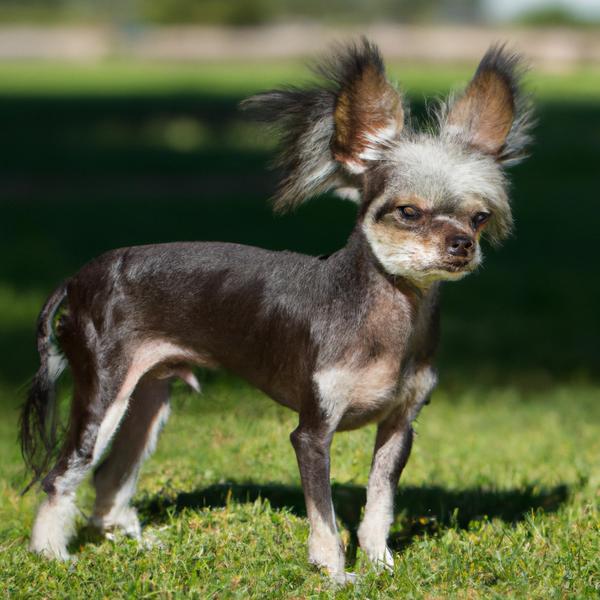
Chin Crested
Sheepadoodle vs Chin Crested
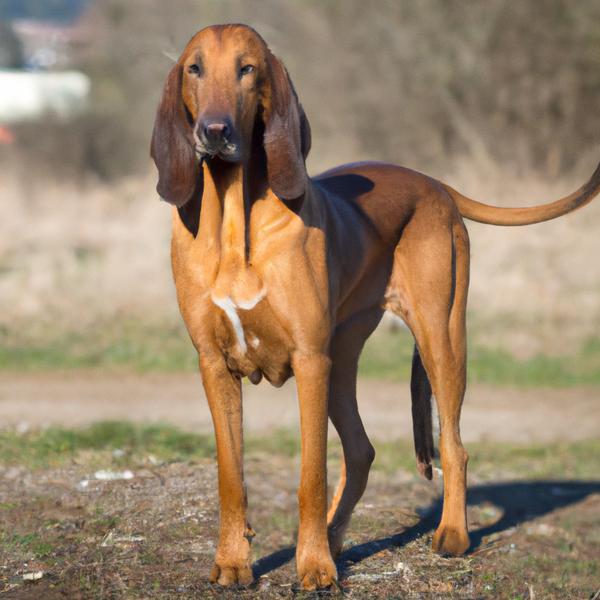
Labloodhound
Sheepadoodle vs Labloodhound
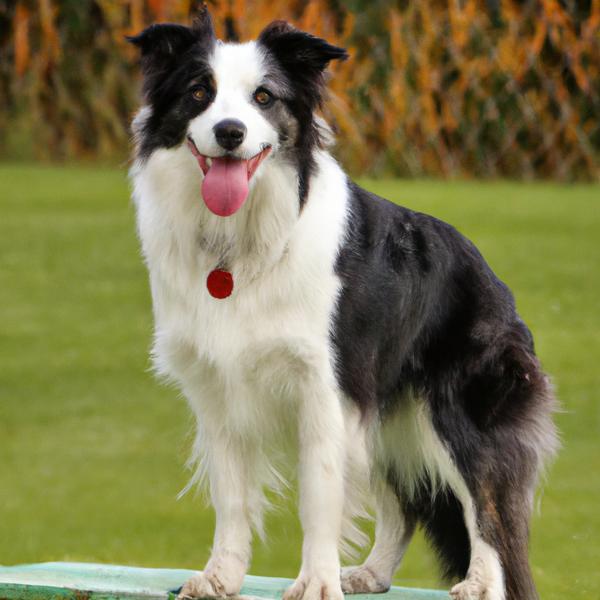
Border Collie Britt
Sheepadoodle vs Border Collie Britt
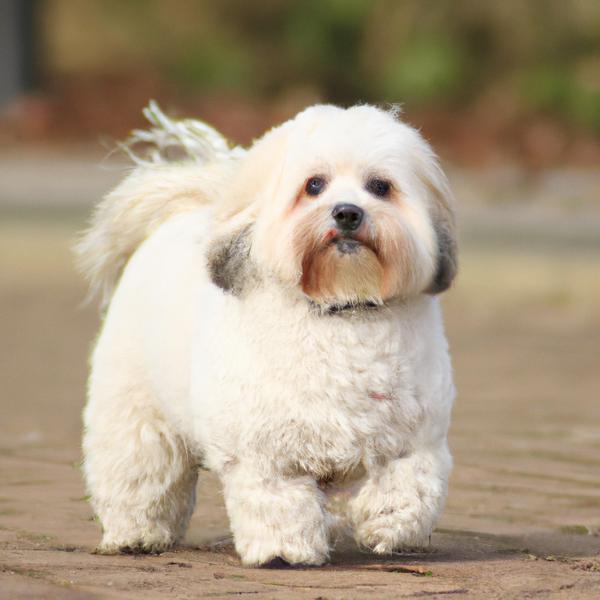
Scotti Apso
Sheepadoodle vs Scotti Apso
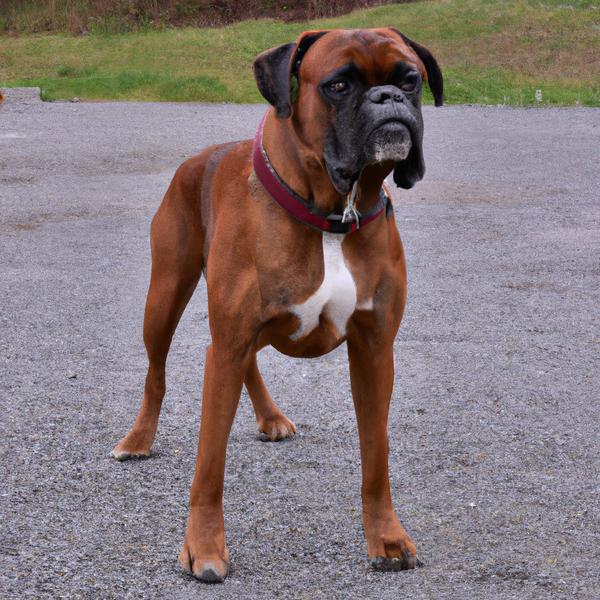
Dogue de Boxer
Sheepadoodle vs Dogue de Boxer
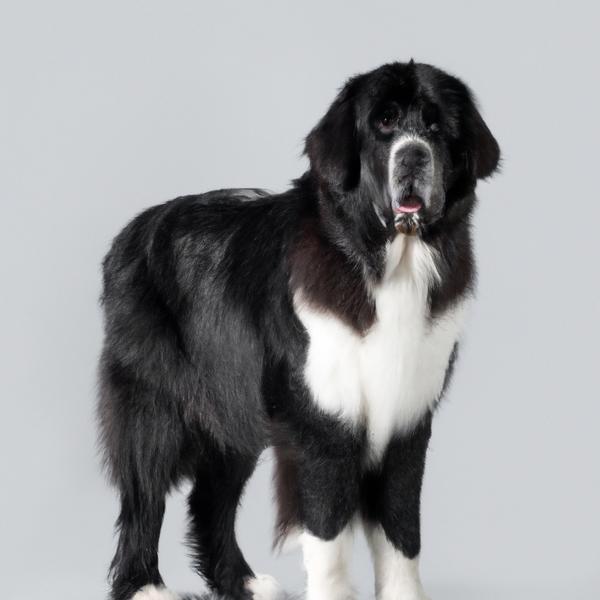
Border Newfie
Sheepadoodle vs Border Newfie
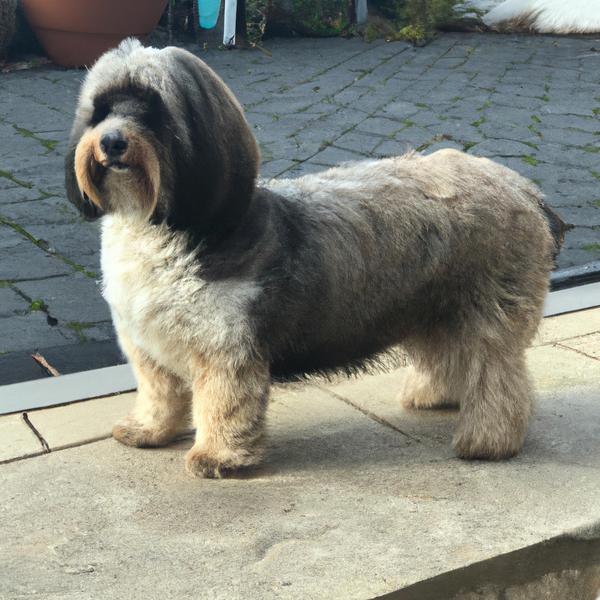
Dachsi Apso
Sheepadoodle vs Dachsi Apso
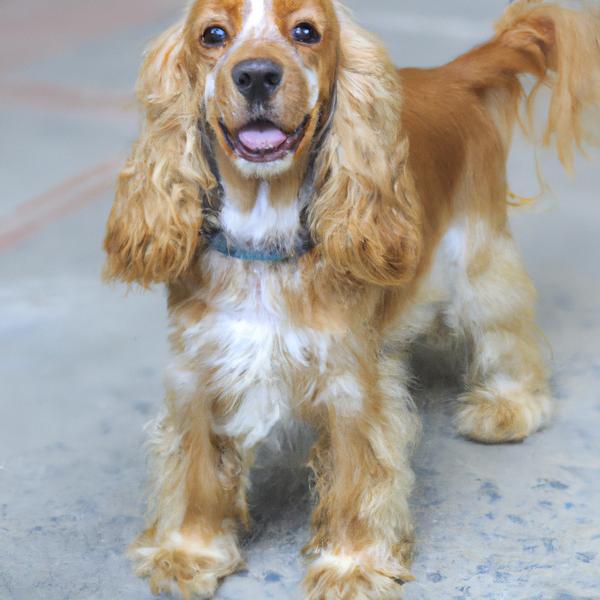
Cocker Jack
Sheepadoodle vs Cocker Jack
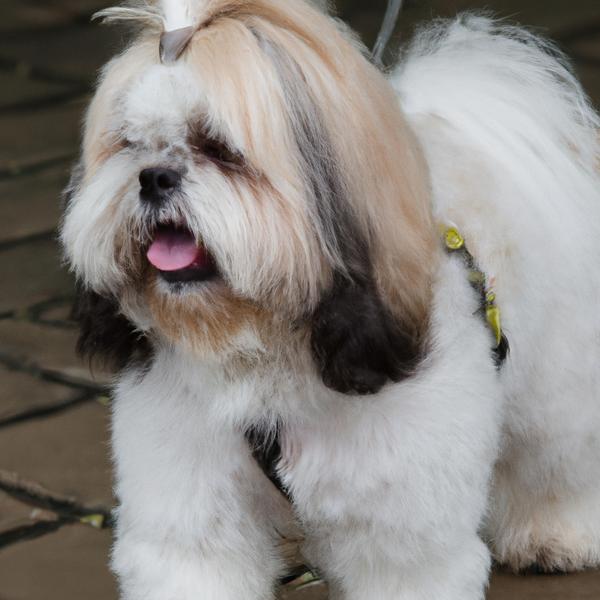
Enga-Apso
Sheepadoodle vs Enga-Apso
